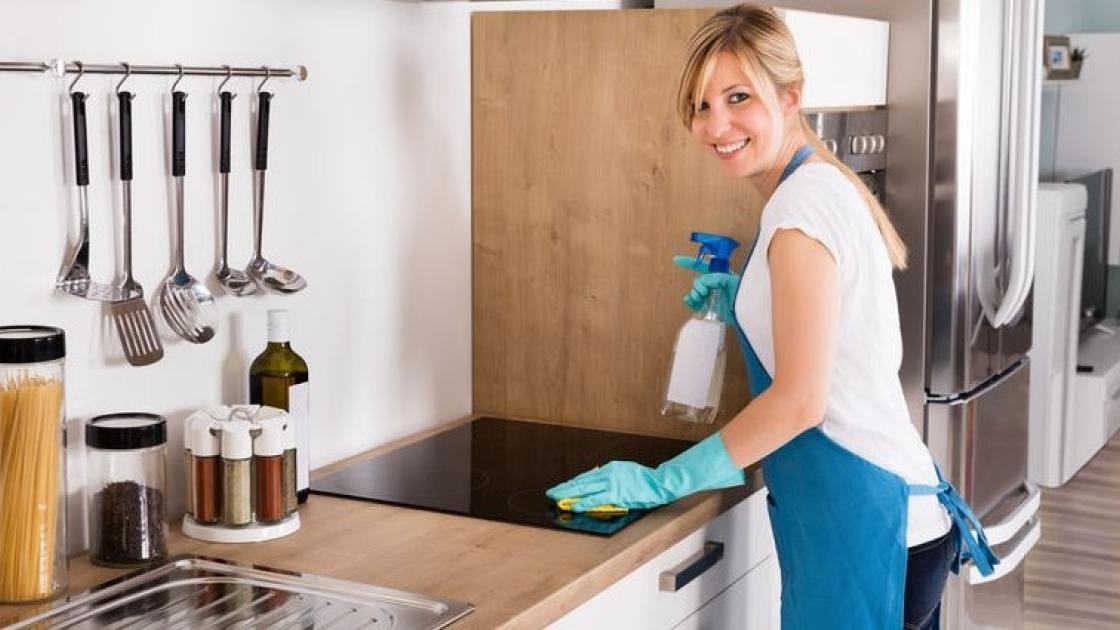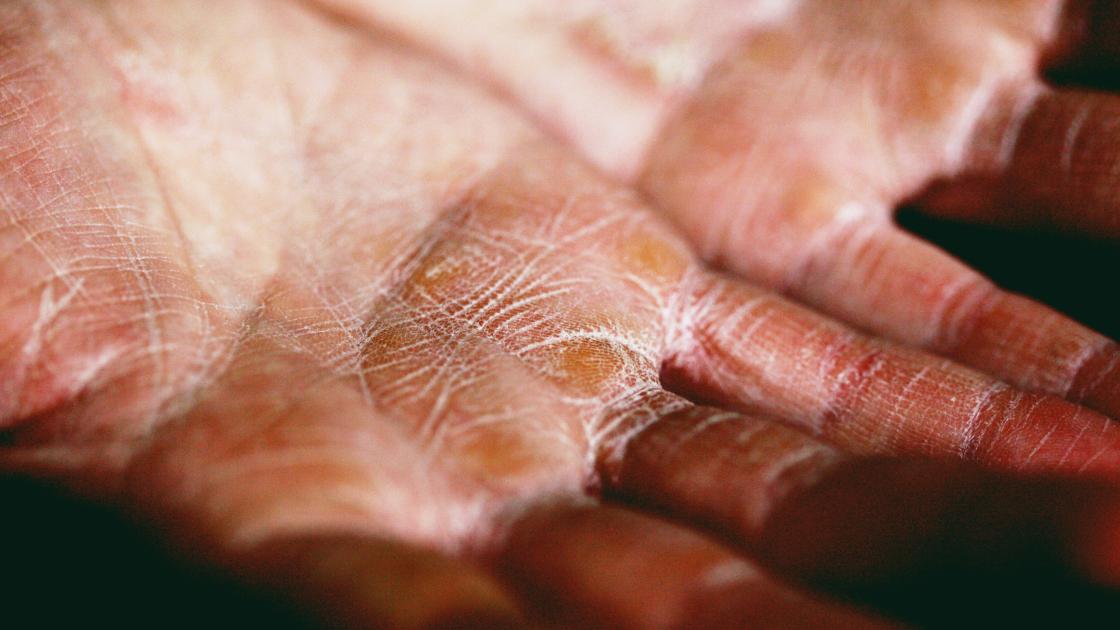
Protecting your people, a clean kitchen and food safety
As the Holidays approach, our thoughts are of celebration, friends and family, and the usual question of what to serve? We carefully choose our gathering site, festive decor and mouthwatering menu; but this year, it is all a little less comfortable, a little less traditional.
There is no question that maneuvering the Holidays in 2020-21 will be a challenge, and that each of us will have a new and unique role in practicing a higher level of vigilance, mindfulness and creativity to keep each other safe and healthy.
There is also little doubt that this year will be stocked full of new ideas, plans for virtual gatherings, more phone calls, cards and letters, plus newly established traditions. We may travel less, offer fewer gifts, give more handmade items, volunteer our time or money to a charitable organization, and yes- quite possibly serve a non-traditional menu! We may see more people supporting local restaurants, establishments that offer Holiday Meals for pick up, we may take pleasure in kicking back in our matching PJ’s for a ZOOM gathering and Pizza, or we may just share a quaint meal with household members and our fur babies.
As a Registered Dietitian and Food Service Sanitation Manager, I would like to offer some best practices and tips on food protection, selection and procurement this Holiday season. I would like to offer this information as a resource to help you protect yourself, and your most valuable people this Holiday season.
Who are our most vulnerable people at the table this year? This would be our older adults, loved ones with underlying medical conditions such as: Asthma, Diabetes and Heart Disease, children under five years or age, and pregnant women. These individuals more often have weaker immune systems, and therefore are at high risk for illness from caused by germs. Germs, which include viruses, bacteria and toxins, found in food, on surfaces that food will touch; or that may be airborne such in the case of COVID-19.
To clarify, a Food Borne Illness would be caused by a food or beverage that is contaminated by a germ, a contaminate that will inevitably cause illness and symptoms such as: stomach cramps, nausea, vomiting and or diarrhea within 12 to 72 hours. Food Borne Illness is commonly associated germs such as: Norovirus, Salmonella, Clostridium Perfringens and Staphylococcus Aureus. Food borne illness is also most often associated with raw and undercooked animal products: poultry, eggs, unpasteurized milk and shellfish. There is also a concern for illness connected to contaminated Ready to Eat (RTE) foods like fruits and vegetables. As for COVID-19 this is a virus that has not been established as food borne, nor has it been linked to food packaging, although there is still much to learn about COVID-19 and its survivability on surfaces.
As for Food Safety at home, and how we might best navigate our gathering, food selection and service this holiday season, I offer the following tips and advice.
Be sure to clean surfaces with soap and water, to always follow with a disinfectant approved by the EPA as a household product. Cleaning and disinfecting high touch zones, and frequently used items such as: utensils, cutting boards, cooking equipment, countertops, tables, doorknobs, light switches, handles, railings, phones, desks, keyboards, keypads, toilets, sinks, facets, refrigerators. Remember to replace and lauder your kitchen and bathroom towels regularly. Wash your hands often, especially after touching your face, blowing your nose, coughing, sneezing, handling your face mask. Be sure to clean your hands after you return home from a public space such as: the office or a store, after caring for someone who is sick, handling animals, taking out the trash, before food preparation, before and after eating, treating a wound, changing a diaper, or using the restroom.
How to wash your hands properly? Wet your hands with clean warm water, and then turn off the tap. Lather with soap and water, scrub hands for least 20 seconds. Remember to wash the back and front of your hands, between your fingers and under nails. Once done rinse your hands with warm water, drying hands with a clean towel or the air. If soap and water are not available, and if your hands do not appear dirty, you can choose to use a hand sanitizer with at least 60% alcohol.
In practicing good respiratory hygiene, it has been recommended that during the pandemic, that almost all people, with very few exceptions wear a face mask. Wear a mask that covers both the nose and mouth. Remember your respiratory etiquette, and always cover your cough or sneeze with a tissue, followed by proper hand washing, use of a sanitizer and disposal of used tissues.
In the kitchen, be sure to separate raw proteins such as meat, poultry, seafood and eggs from ready to eat foods (RTE) to prevent Food Borne Illness, which could result from cross-contamination. A (RTE) food is one that will be eaten in the original or raw state; a food that will not be further processed or cooked.
Be sure to cook and reheat food to proper internal temperatures, to ensure that germs do not cause illness. Use a calibrated food thermometer, to check the internal temperature of your menu items. Recommended internal temperatures for the following items: 145 F - whole cuts of beef, pork, veal, lamb (allow a 3-minute rest time before temping).160 F - ground meats of beef and pork. 165 F – ground chicken or turkey, whole cuts of poultry; any type of food reheated and served as a leftover, all casseroles and stuffed meats.
Just chill perishable food or discard items that have been time- temperature abused. Toss away any foods that have been left to sit out in a temperature ranging between 40 F to 140 F, for more than 2 hours. The number of bacteria in a food, can double every 20 minutes, when exposed to the Temperature Danger Zone. Ensure that your refrigerators holding temperature is set at or below 40 F do not over fill your fridge, which can reduce air circulation and cooling. Chill foods quickly in a refrigerator, do not leave food to cool or thaw on a countertop. Portion the hot foods into smaller containers to help them cool more quickly. Quarter large hunks of meat, and transfer thick liquids or leftovers into shallow pans, and vent lids. Monitor you cooling time for foods, be sure that hot food is cooled to an internal temperature of 41 F within 4 hours, or if this is not possible choose a 2-stage cooling method. A 2-stage cooling method suggests that the temperature of a hot food must be reduced from 140 F to 70 F within 2 hours, and to reach 41 degrees within the next 4 hours; cooling time not to exceed a total of 6 hours.
A few remaining tips for grocery shopping, to reduce exposure to respiratory illness such as COVID-19 avoid taking extra people to the store, wipe down the cart handle with a disinfectant (take your own, a store may be out – be prepared), maintain proper distancing while shopping. Be sure to avoid touching your face, wear a mask, and use hand sanitizer before and after leaving the store. Wash your hands and reusable shopping bags when you return home. If disposable bags are used, make sure to disinfect any surface that these bags contacted. Try to leave your cell phone in your purse or pocket, use a paper-shopping list that can be discarded after use. If you can, limit trips to the store, buy more, less often. Be sure to wash any ready to eat (RTE) foods such as fresh fruit that would be eaten with the skin on. Consider grocery “pick up” or delivery options, especially if you are sick or have been exposed to illness.
In support of local restaurants, use drive-through options, delivery, take-out and curbside pickup. Support establishments that social distance, and limit the use of shared items: such as buzzers, menus, condiments, etc. Look for establishments that offer options for touch-less payments or carry your own pen to sign receipts.
If you prepare meals for others use low touch recipes, items that require only a small amount of processing. Prepare meals for others only when you feel healthy, and have experienced low exposure days, and can follow ideal food sanitation practices. If serving someone who is sick or others who do not live in your household, you may need to consider disposable plates, cups and cutlery.
Stay safe, everyone and here’s to a safe and healthy 2021.
Resources & References: www.cdc.gov, www.fda.gov , www.scdph.org




